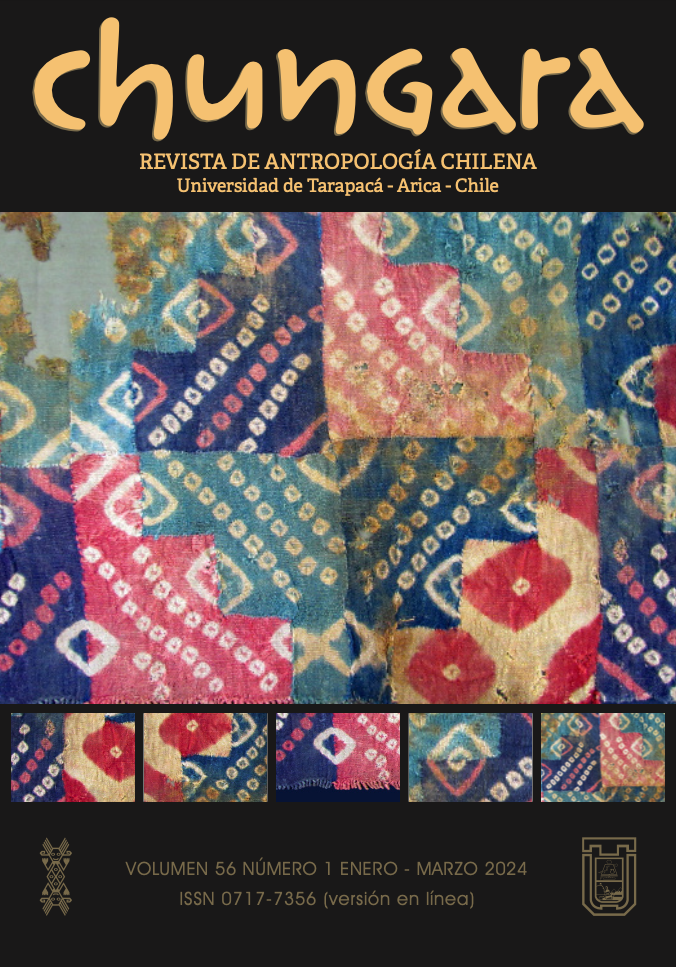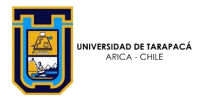WOMEN’S ANDEAN SOCCER: A TRANSLOCAL SPORT SPRACTICE
FÚTBOL FEMENINO ANDINO: UNA PRÁCTICA DEPORTIVA TRANSLOCAL
Andrea Álvarez Díaz and José Miguel Villegas Robertson
This article aims to contribute, from the perspective of social studies on sports and culture, some insights about Andean women’s soccer in the Chilean north. Elements of the discussion about sports and gender are presented to understand, in an intercultural context, the soccer practice of Aymara women from an intersectional perspective. Through a multi-situated ethnography, translocal migratory dynamics are addressed, and the historical development of Andean women’s soccer in the Region of Tarapacá is described. Different translocal territorial sports spaces are described. We close the text by presenting the cultural and sporting trajectory of an Aymara player, highlighting the multi-sited and translocal nature of soccer practice.







